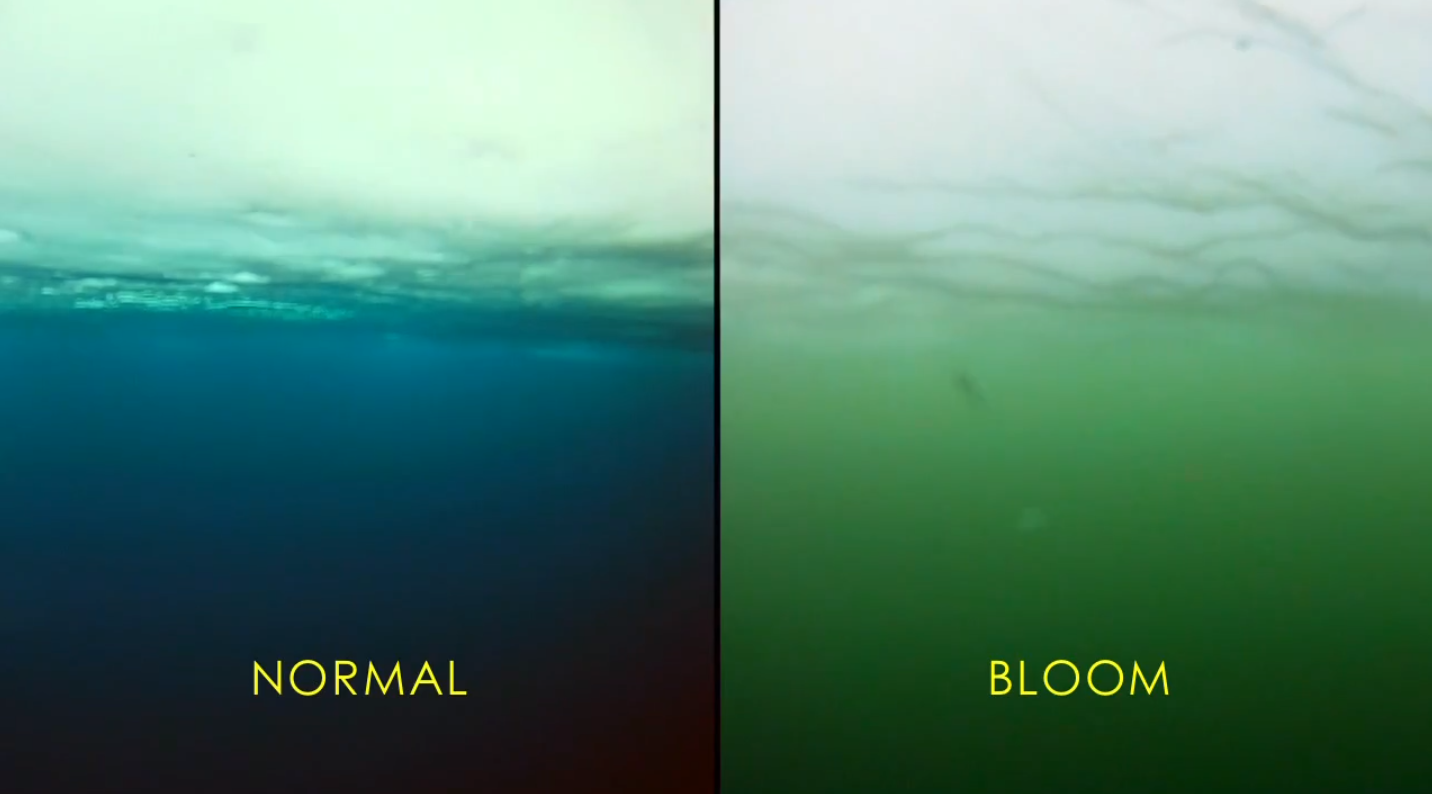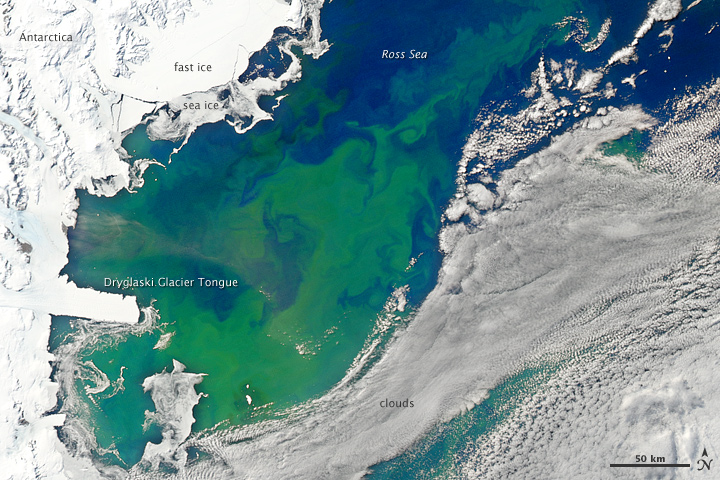There aren’t supposed to be microscopic plants called phytoplankton blooming in the Arctic right now — usually that doesn’t happen until after the ice melts in the summer, i.e. months from now. But a research team has just discovered a huge, 60-mile-long, three-foot-thick slick of phytoplankton where no phytoplankton should be. It was “like finding the Amazon rainforest in the middle of the Mojave Desert,” said one scientist.

The plankton was so thick that the water “literally looked like pea soup,” said lead researcher Kevin Arrigo of Stanford — “It was as thick as a 5-year-old child is tall.” There is a fairly substantial difference between “a 60-mile-long child-thickness of pea soup” and “nothing,” so this was rather surprising. It seems that climate change has provided a perfect environment for plankton growth — the ice is increasingly thin, and pools of meltwater on top focus light down under the ice sheet. That means the microscopic plants have plenty of light, much earlier than expected, but are still protected from UV radiation by a (somewhat reduced) roof of ice.
The longer season may have been going on for a while — the ice has been thinning for 30 years, and it’s not clear whether this giant bloom is a new phenomenon or just a new discovery. But either way, our estimate of how much vegetation there is under the ice appears to be way off, now that the Arctic is meltier.
It’s possible that other species have messed-up plankton estimates too, which is a bigger deal. A lot of critters eat phytoplankton, so if the plants start blooming months early, the other species that rely on them for nourishment might be left high and dry. (Or, I guess, high and wet, but in crystal-clear water.) Arrigo told MSNBC that he expected an ecological shift in Arctic waters, based on whether species can adapt to a different phytoplankton growing season.
Luckily, I don’t know about you, but when someone says “incredibly huge, unexpected mass of lifeforms” to me, my first thought is usually “apocalyptic sci-fi movie.” So, you know, maybe the phytoplankton will congeal, develop consciousness, and eat all other species before they have to figure out how to eat it. It’s a win-win, sort of!




